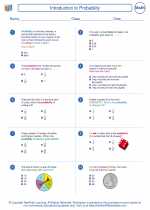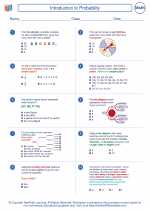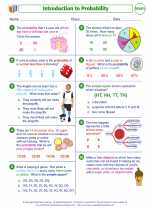Runoff: Explanation and Study Guide
Runoff refers to the flow of water that occurs when excess stormwater, meltwater, or other sources of water flow over the land. It can occur on urban or rural land and can be a result of precipitation, such as rain or snowmelt. Runoff can have significant impacts on the environment, including erosion, sedimentation, and pollution of water bodies.
Factors Affecting Runoff
Several factors can affect the amount and rate of runoff, including:
- Precipitation: Higher levels of precipitation can lead to increased runoff.
- Topography: The slope and shape of the land can influence the speed and direction of runoff.
- Land Use: Urban areas with impervious surfaces, such as roads and buildings, can increase runoff compared to vegetated or natural areas.
- Soil Type: Soil that is compacted or has low permeability can result in more runoff.
- Vegetation: The presence of vegetation can help absorb water and reduce runoff.
Effects of Runoff
Runoff can have several environmental and societal impacts, including:
- Erosion: Excessive runoff can lead to soil erosion, which can degrade land and cause sedimentation in water bodies.
- Pollution: Runoff can carry pollutants such as chemicals, fertilizers, and bacteria into water sources, affecting water quality and aquatic ecosystems.
- Flooding: High levels of runoff can contribute to flooding, particularly in urban areas with inadequate drainage systems.
- Water Supply: Runoff can affect the availability and quality of water for human and ecological needs.
Study Guide
To understand the concept of runoff and its implications, consider the following study guide:
- Define runoff and explain its significance in the water cycle.
- Identify and describe the factors that influence runoff, including precipitation, topography, land use, soil type, and vegetation.
- Discuss the environmental and societal impacts of runoff, such as erosion, pollution, flooding, and water supply issues.
- Explore case studies or real-world examples of runoff and its consequences in different regions.
- Propose and evaluate potential solutions or strategies to mitigate the negative effects of runoff, such as green infrastructure, stormwater management practices, and watershed protection measures.
By studying these aspects of runoff, you can gain a comprehensive understanding of its role in the environment and the ways in which it can be managed to minimize its adverse effects.
.◂Math Worksheets and Study Guides Seventh Grade. Introduction to Probability

 Worksheet/Answer key
Worksheet/Answer key
 Worksheet/Answer key
Worksheet/Answer key
 Worksheet/Answer key
Worksheet/Answer key
 Worksheet/Answer key
Worksheet/Answer key
